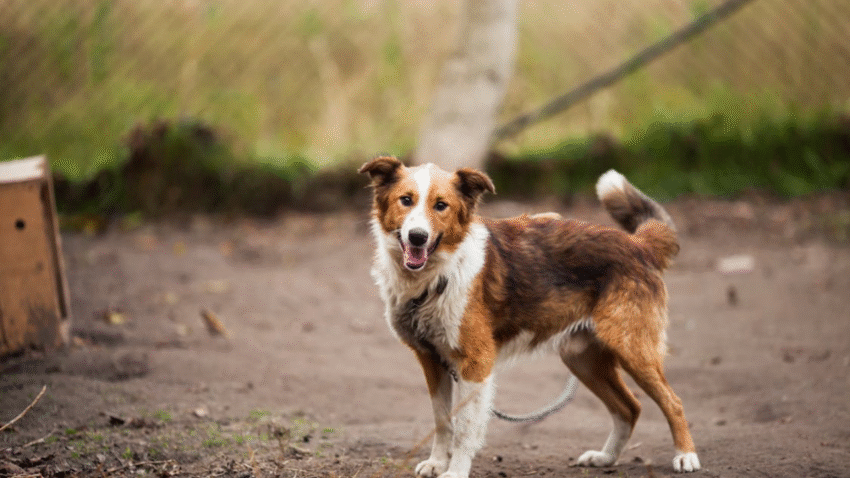Feeding your puppy correctly from the start is one of the most important things you can do to support their long-term health. In this guide, you’ll learn how to feed your puppy based on their breed and size, ensuring they grow strong and stay healthy. Struggling to figure out how much or what type of food your puppy needs? Let’s break it down step by step.
Why Feeding Based on Breed and Size Matters for Puppies
Not all puppies are created equal when it comes to nutritional needs. Small breeds like Chihuahuas grow quickly and need calorie-dense meals, while large breeds like Great Danes grow slowly and require special diets to avoid bone and joint issues. Feeding your puppy appropriately based on their breed and size helps with:
- Balanced growth: Avoids obesity or undernourishment.
- Bone and joint development: Especially crucial for large breed puppies.
- Digestive health: Helps prevent bloating or food intolerances.
- Energy needs: Matches their metabolism and activity level.
Understanding your puppy’s specific needs will help prevent health issues and set the stage for a long, happy life.
Step-by-Step Guide to Feeding Your Puppy Based on Breed and Size
Step 1: Identify Your Puppy’s Size Category
Most puppies fall into one of these four categories:
- Toy Breeds (up to 10 lbs adult weight)
- Small Breeds (11–25 lbs)
- Medium Breeds (26–50 lbs)
- Large & Giant Breeds (over 50 lbs)
Check your puppy’s expected adult weight and choose a puppy food designed specifically for that size.
Step 2: Choose the Right Puppy Food
- Toy & Small Breed Puppies: Need calorie-dense food in small kibble sizes. Look for formulas labeled “for small breed puppies.”
- Medium Breed Puppies: A balanced all-breed puppy formula usually works fine.
- Large Breed Puppies: Require food labeled “for large breed puppies” with controlled calcium and phosphorus levels to avoid skeletal issues.
Step 3: Follow a Feeding Schedule
- 8–12 Weeks: Feed 4 times a day
- 3–6 Months: Feed 3 times a day
- 6–12 Months: Feed 2 times a day
Smaller breeds may need more frequent meals due to faster metabolism, while large breeds should stick to two well-balanced meals to prevent bloat.
Step 4: Portion According to Weight and Age
Use the feeding guidelines on the puppy food label as a starting point, but adjust based on your pup’s activity and body condition.
- Underweight: Increase portions slightly.
- Overweight: Cut back and monitor closely.
- Active Puppies: May need more calories than the label suggests.
Step 5: Weigh and Monitor Progress Weekly
Use a kitchen scale or vet clinic visit to check your puppy’s weight. Track changes and adjust feeding amounts as needed.
Common Mistakes to Avoid
1. Feeding Adult Dog Food
Puppy food has higher protein and calorie content for growth. Adult food lacks the nutrients growing puppies need and may stunt their development.
2. Free Feeding All Day
Leaving food out all day encourages overeating and bad habits. Stick to a schedule with measured meals.
3. Ignoring Breed-Specific Needs
Large breeds need fewer calories per pound and lower calcium to prevent joint issues. Feeding them like a small breed can lead to serious problems.
4. Switching Foods Too Quickly
Always transition gradually over 7–10 days when changing food types or brands to avoid stomach upset.
5. Overfeeding Treats
Limit treats to less than 10% of daily calories. Overuse can throw off their diet and lead to weight gain.
Extra Tips & Recommendations
Add Wet Food or Water to Dry Kibble
Especially for toy and small breeds, adding a bit of warm water or wet food can make meals more appealing and easier to eat.
Consider Breed-Specific Formulas
Some premium dog food brands offer breed-specific puppy formulas designed to support common breed health traits.
Avoid Human Food
Foods like onions, chocolate, grapes, and even too much fat from meats can be toxic to dogs. Stick to vet-approved dog treats and foods.
Conclusion
Feeding your puppy the right way based on their breed and size makes a huge difference in their development, energy levels, and overall health. Choose the proper food, follow a consistent schedule, and monitor their weight as they grow. A little effort now leads to a lifetime of wellness.
🐶 Bookmark us for more step-by-step puppy care guides and feeding tips!
